On December 10, Nha Nam coordinated with the Japan Foundation Center for Cultural Exchange in Vietnam to organize the event The Color of Sorrow in Yasushi Inoue's Works - Exchange with writer and researcher Nhat Chieu.
According to Nha Nam, in Yasushi Inoue's massive and praised writing career, Shotgun and Snow Beetle are two works with completely different writing styles.
The only thing these two works have in common, and also an unmistakable characteristic of Yasushi Inoue's compositions, is the color of sadness and loneliness.
"Shotgun" - debut novel with intense dark tones
The novel Shotgun is Yasushi Inoue's debut work, published after the end of World War II.
The book is told in the form of letters, sent from three women to one man: the daughter who discovers her deceased mother is an adulterer, the deceived wife, and the adulterous woman.
Yasushi Inoue delves into the deepest recesses of the human psyche and portrays the darkest and most intense shades of humanity and personality in each character.
With Hunting Gun , in the soul of each character there is an evil snake writhing and lurking, which has been silent for a long time, suddenly stirs and looks up, gnawing at the subject's personality.
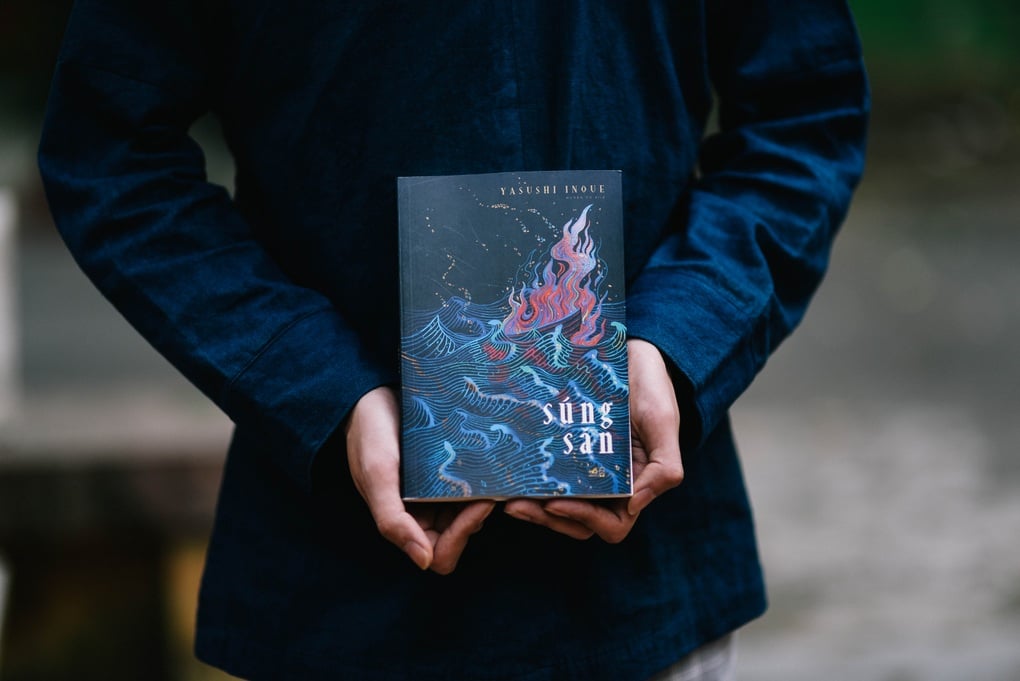
Cover of the book "Hunting Gun" (Photo: Nha Nam).
"Snowbug" - an autobiography with pure colors
Snowbug is an autobiographical novel by Yasushi Inoue, considered a masterpiece depicting the author's own childhood. The book is filled with nostalgia for his hometown and is filled with a spirit of liberal satire.
The novel tells the story of the childhood of a boy named Kousaku who had to leave his parents at the age of five and live with an old woman named Onui in a simple mud house in the countryside.
As the concubine of Kousaku's great-grandfather, Mrs. Onui had to endure many rumors and judgmental looks from the villagers, but she still had a special love for Kousaku.
And so, under her caring hands, Kousaku's young soul grew up day by day amidst the poetic Izu nature full of warm sunshine and fragrant grass.
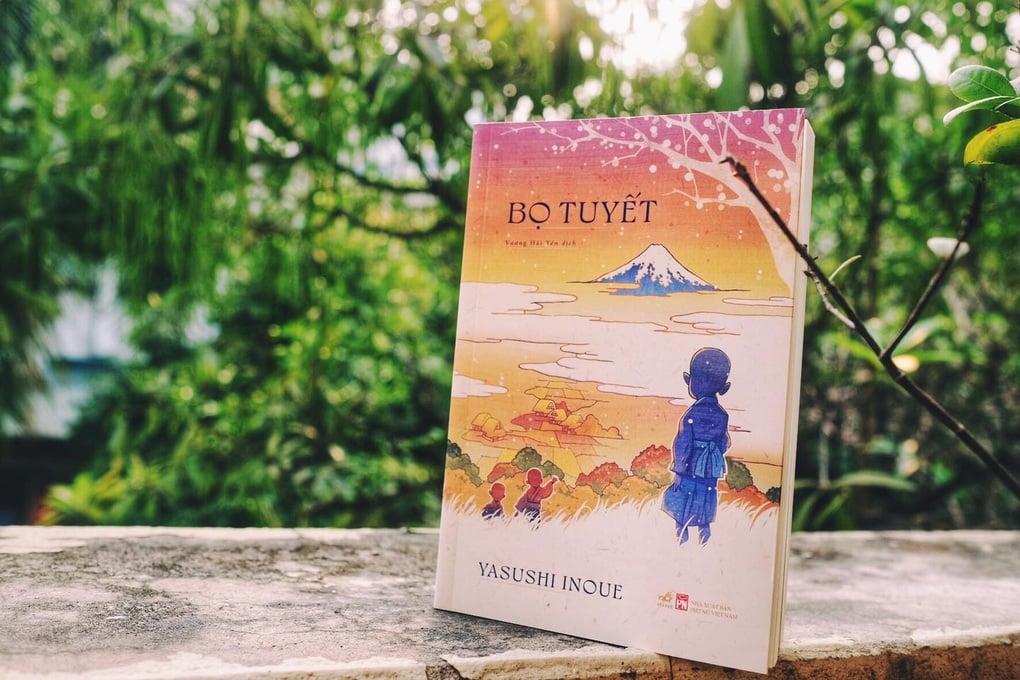
Cover of the book "Snowbug" (Photo: Nha Nam).
Through Snow Beetle , Yasushi Inoue recreated in the readers' minds a childhood he once lived.
Despite many deprivations and difficulties, along with many worries and sadness about his family and the world out there, his life has bright and liberal colors with his relatives, family and friends.
Snowbug 's color palette is a bright, vibrant one, with expansive and poetic Japanese natural landscapes and endless and memorable summers.
Nature plays a very important role in the novel, it is a familiar scene in the childhood of rural children, and also represents their innocence.
The scene of children playing and chasing snow beetles on the road most clearly shows the bright and close-to-nature picture of this novel.
The color of loneliness in Inoue's works
The color of loneliness is a common point in Yasushi Inoue's Shotgun and Snow Beetle , although the two works have different colors.
The color of sadness (sabi), of loneliness mentioned in Shotgun is a characteristic of Inoue's writings that is often mentioned by literary critics around the world. It is the color of a literary style that is deeply Japanese, the sabi color of a lonely sadness.
In Shotgun , the color of sadness almost covers the entire life of the characters mentioned.
As for Snowbug , the bright colors cannot hide the sadness and loneliness. Behind the natural scenes associated with the children's childhood are details expressing the fear and sadness in the fate of the boy Kousaku.
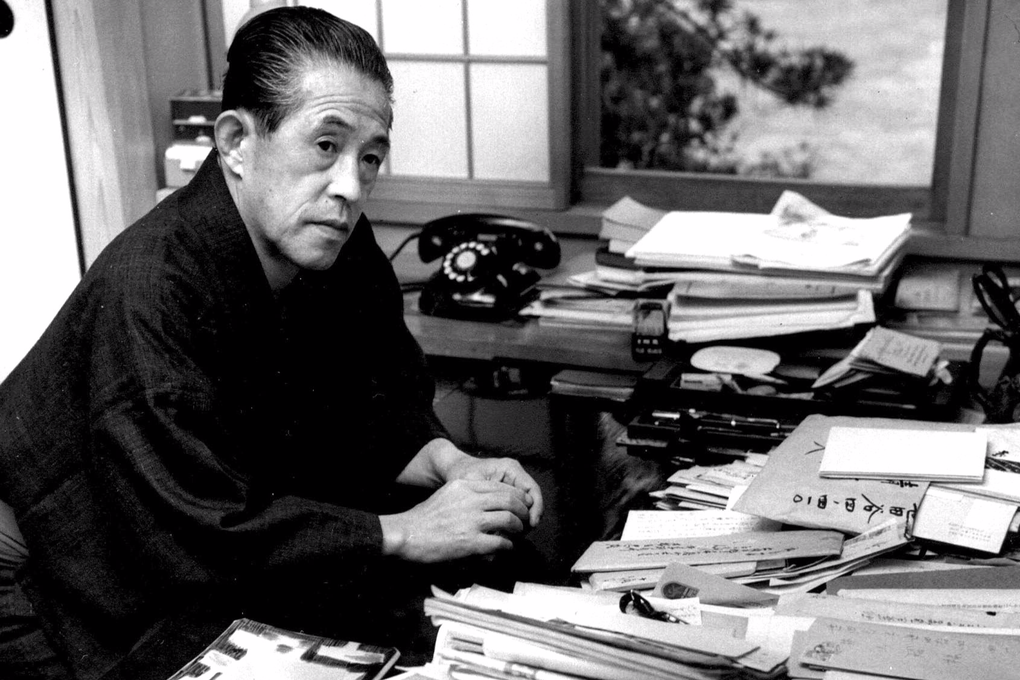
Writer Yasushi Inoue.
At the exchange, writer and researcher Nhat Chieu explained in more detail about "the color of sadness".
Accordingly, no grief is just grief, grief is also the source of happiness and vice versa.
There are such complexities of life that only Inoue can express, and Inoue also sees that as the ultimate goal of art, to connect people with both sorrow and happiness, to heal.
"Inoue's literature is meant to be pondered over for a lifetime. If you read it too quickly, you will miss the meaningful moments," researcher Nhat Chieu told readers.
Doctor of Literature Tran Thi Thuc, Lecturer at the Faculty of Literature, University of Social Sciences and Humanities, Vietnam National University, Hanoi, shares her approach to the two works from a psychological perspective.
"Inoue's literature touches the deepest parts of the human heart," she asserted.
Yasushi Inoue was born in 1907 in Asahikawa. He is a Japanese writer specializing in poetry, short stories, and novels. After graduating from the Faculty of Philosophy, Kyoto University, he worked at the Mainichi Shimbun newspaper.
In 1949, he received the Akutagawa Literary Prize for his work Bullfighting . In 1951, he retired from the editorial office to concentrate on writing and produced a series of literary masterpieces. In 1976, he received the Order of Cultural Merit for his contributions to Japanese culture.
From 1981 to 1985, he was president of the Japan Writers' Association (Pen Club).
Yasushi Inoue died in 1991 at the age of 84.
Although he started his writing career relatively late, he quickly became one of the outstanding writers of modern Japanese literature, leaving behind an extremely rich body of work.
Many of his works have been adapted into television and film.
Yasushi Inoue's representative works: Bullfighting , Shotgun , Ice Wall , Tempyo Roof , Dunhuang , Snow Beetle...
Source link


![[Photo] Readers' joy when receiving the supplement commemorating the 50th anniversary of the liberation of the South and national reunification of Nhan Dan Newspaper](https://vstatic.vietnam.vn/vietnam/resource/IMAGE/2025/4/26/283e56713da94988bf608393c0165723)

![[Photo] Prime Minister Pham Minh Chinh chairs meeting of Steering Committee for key projects and railway projects](https://vstatic.vietnam.vn/vietnam/resource/IMAGE/2025/4/26/b9534596258a40a29ebd8edcdbd666ab)
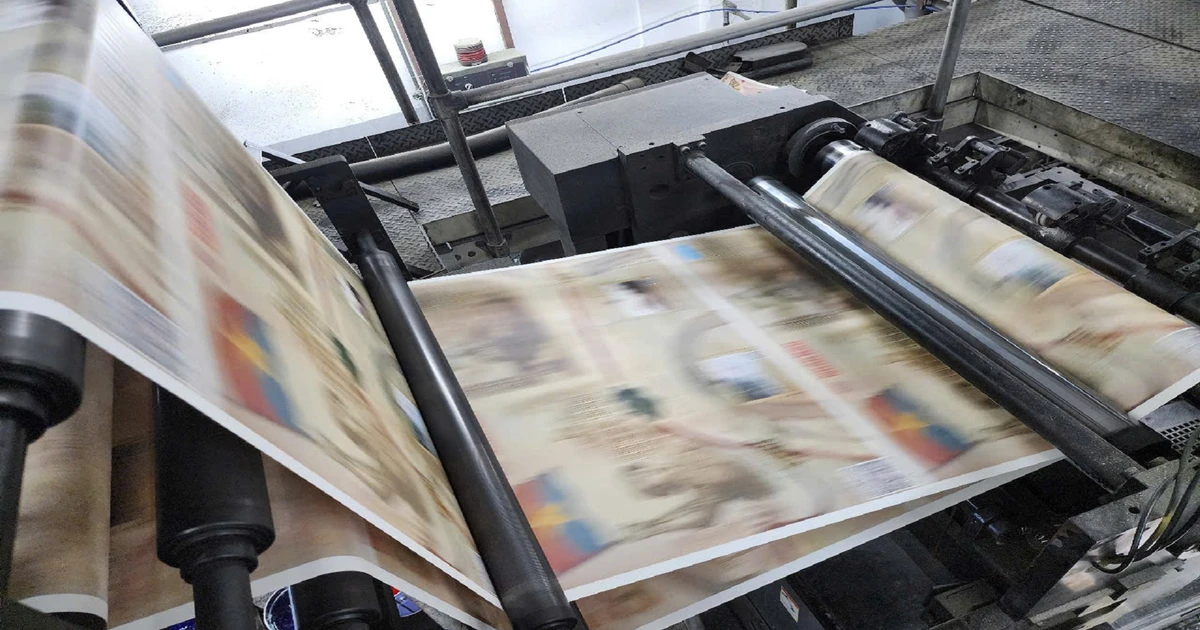
![[Photo] Young people line up to receive the special supplement commemorating the 50th anniversary of the Liberation of the South of Nhan Dan Newspaper](https://vstatic.vietnam.vn/vietnam/resource/IMAGE/2025/4/26/9e7e624ae81643eba5f3cdc232cd07a5)
![[Photo] Ho Chi Minh City people's affection for the parade](https://vstatic.vietnam.vn/vietnam/resource/IMAGE/2025/4/26/7fcb6bcae98e46fba1ca063dc570e7e5)
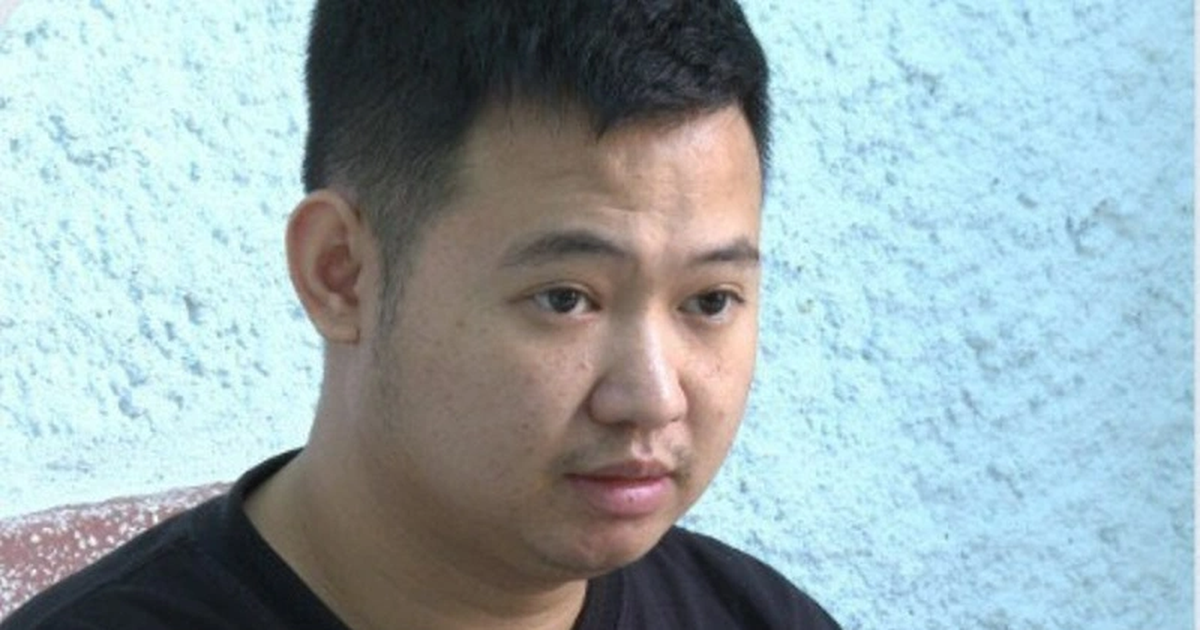
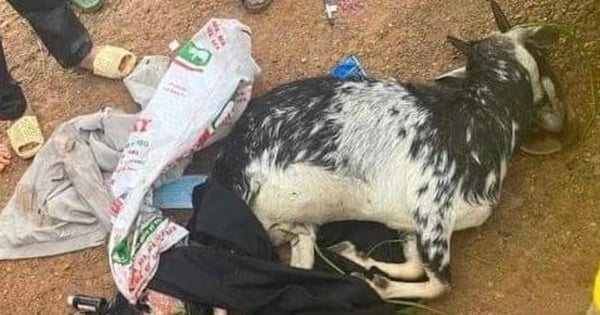

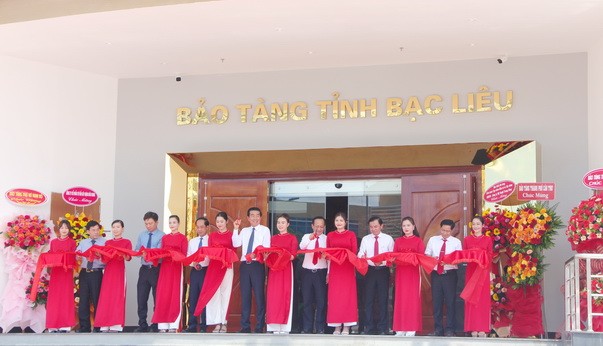
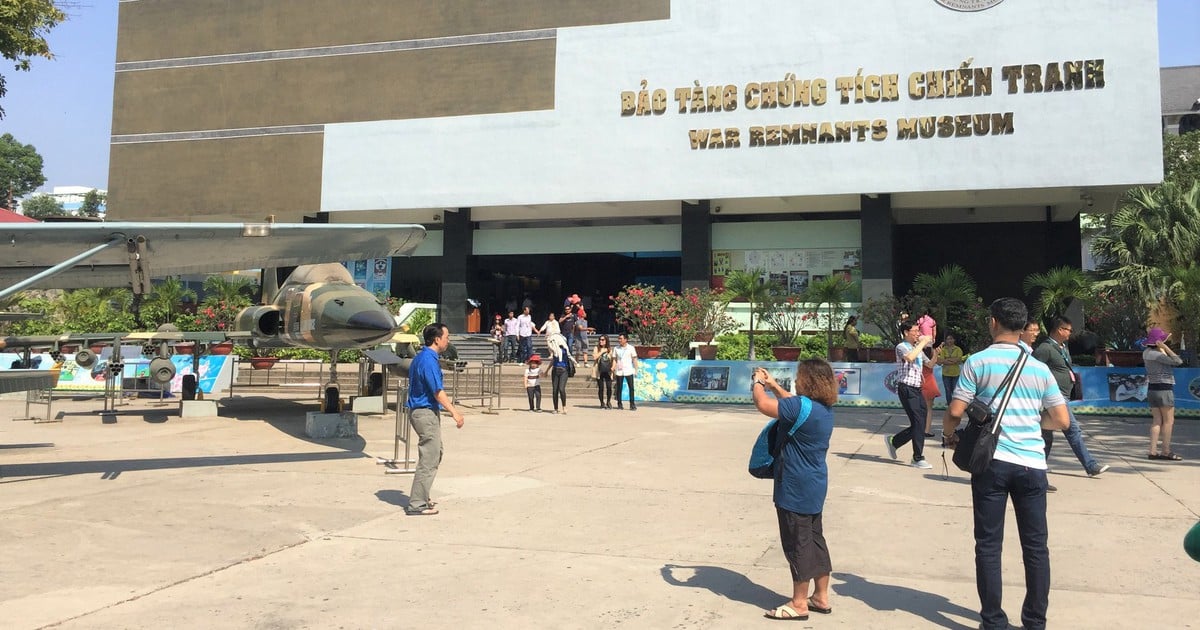


![[Video] The profession of "keeping the soul" of the national flag](https://vstatic.vietnam.vn/vietnam/resource/IMAGE/2025/4/26/ed380853f7184254aa2f2d2b316bb3e9)
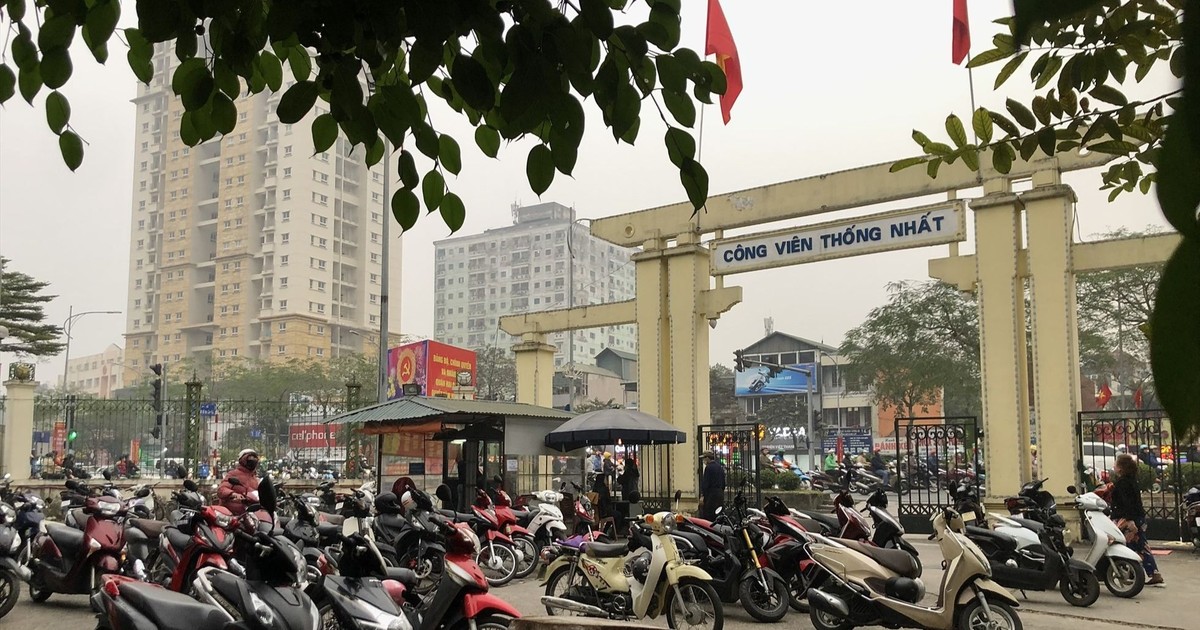

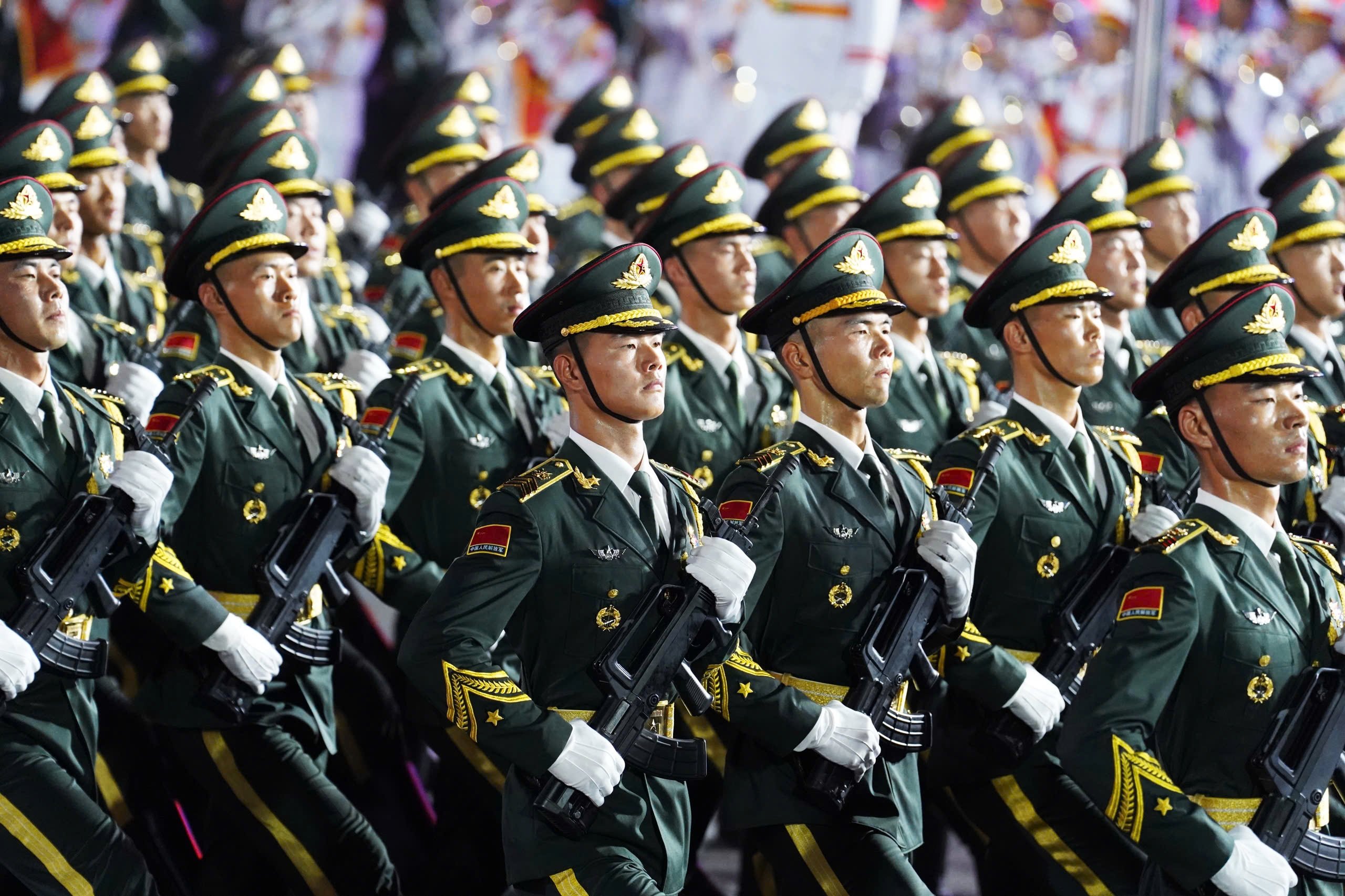
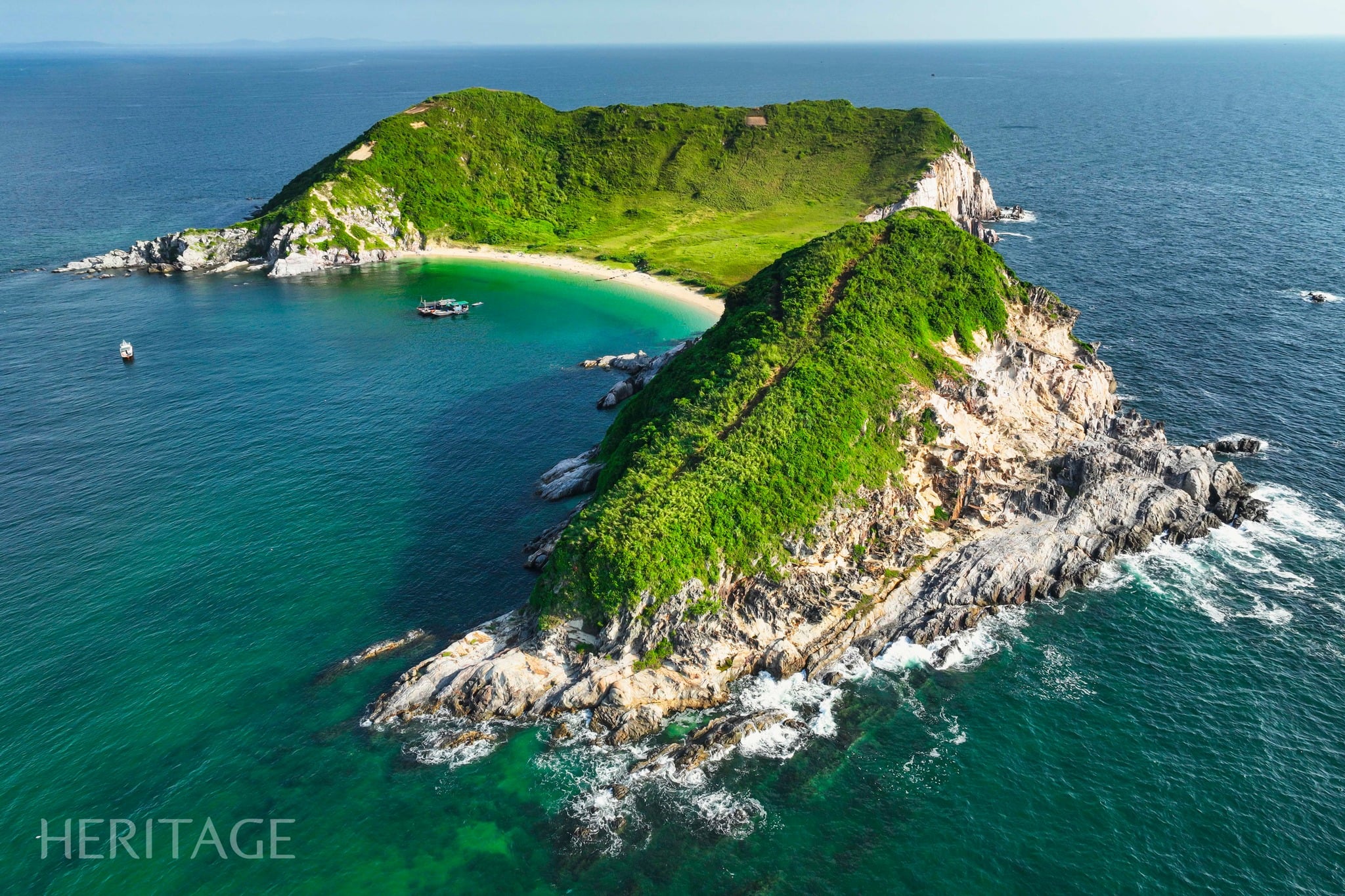


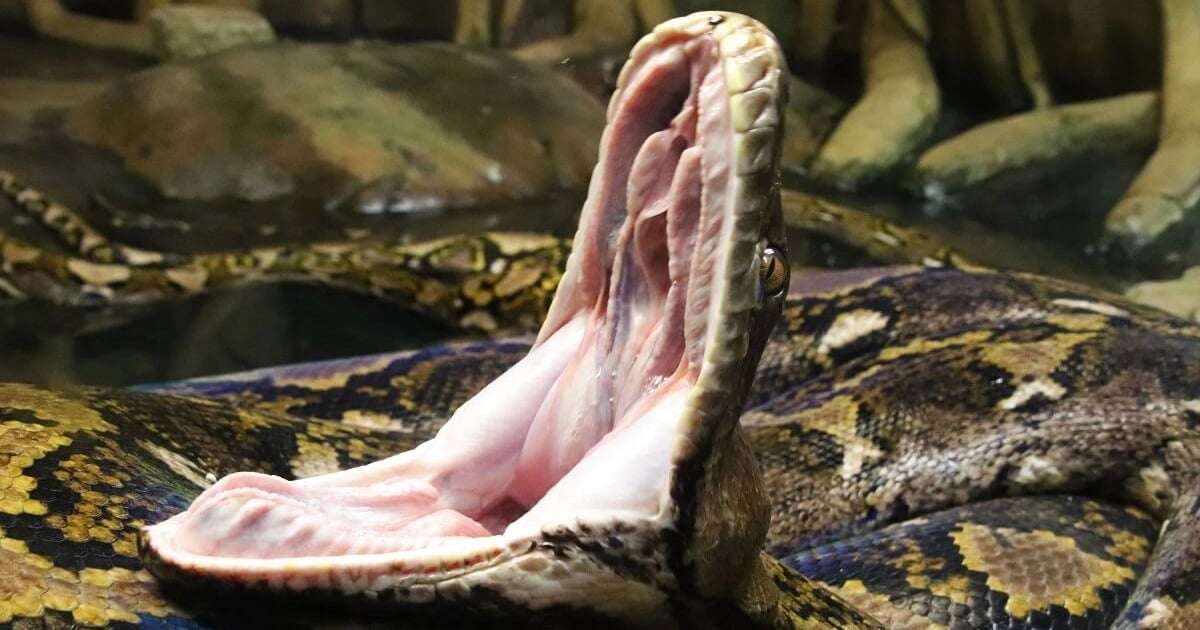


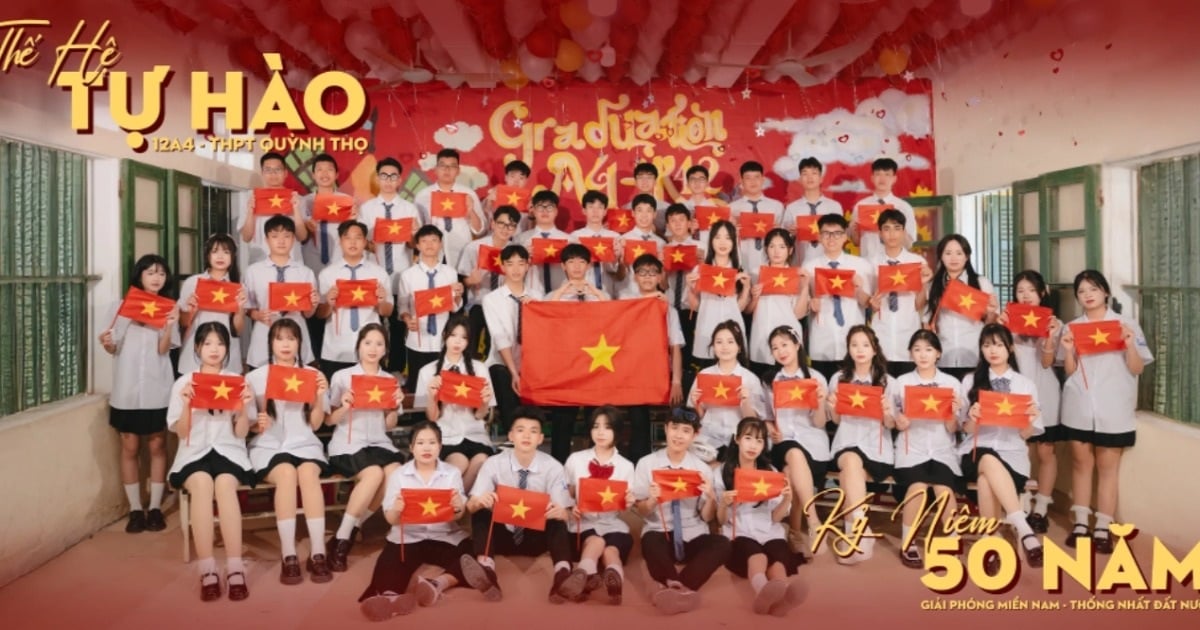

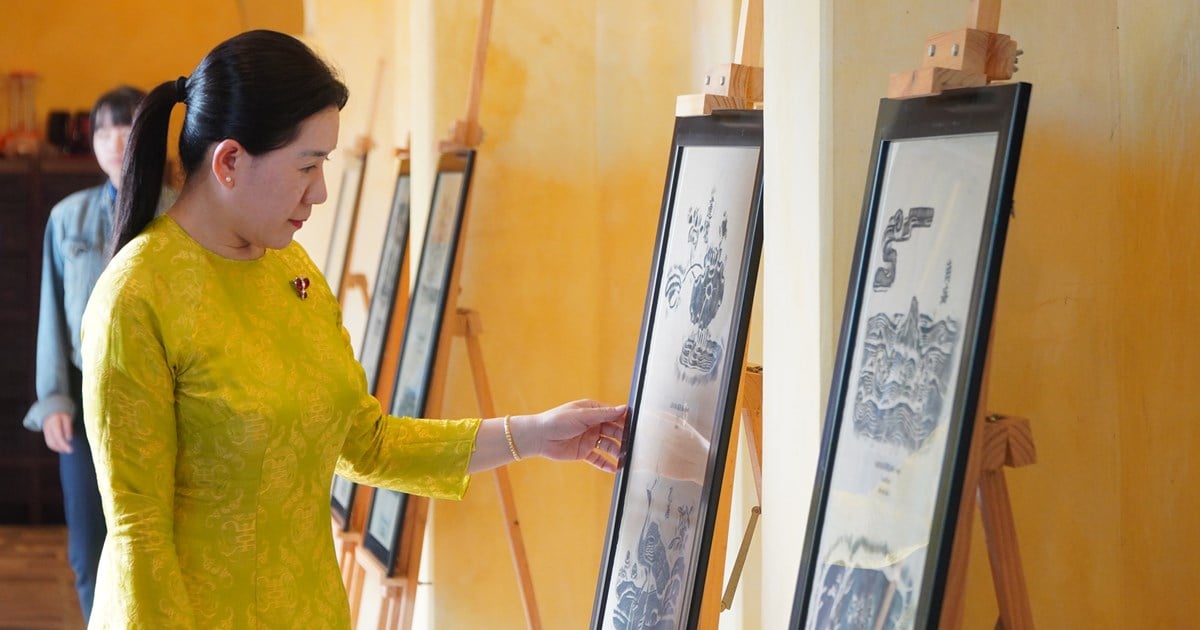


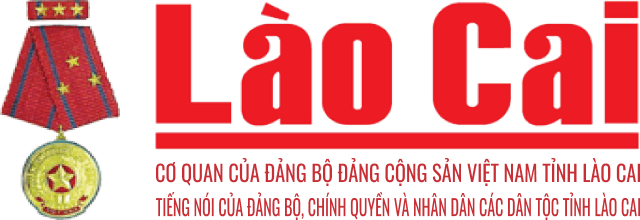


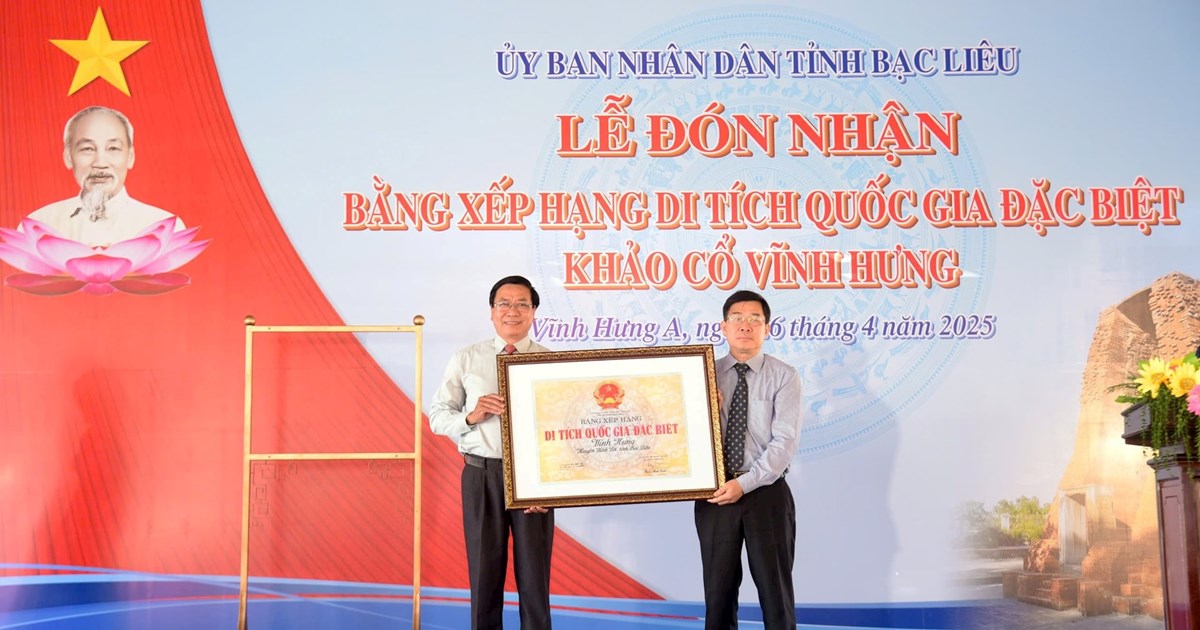


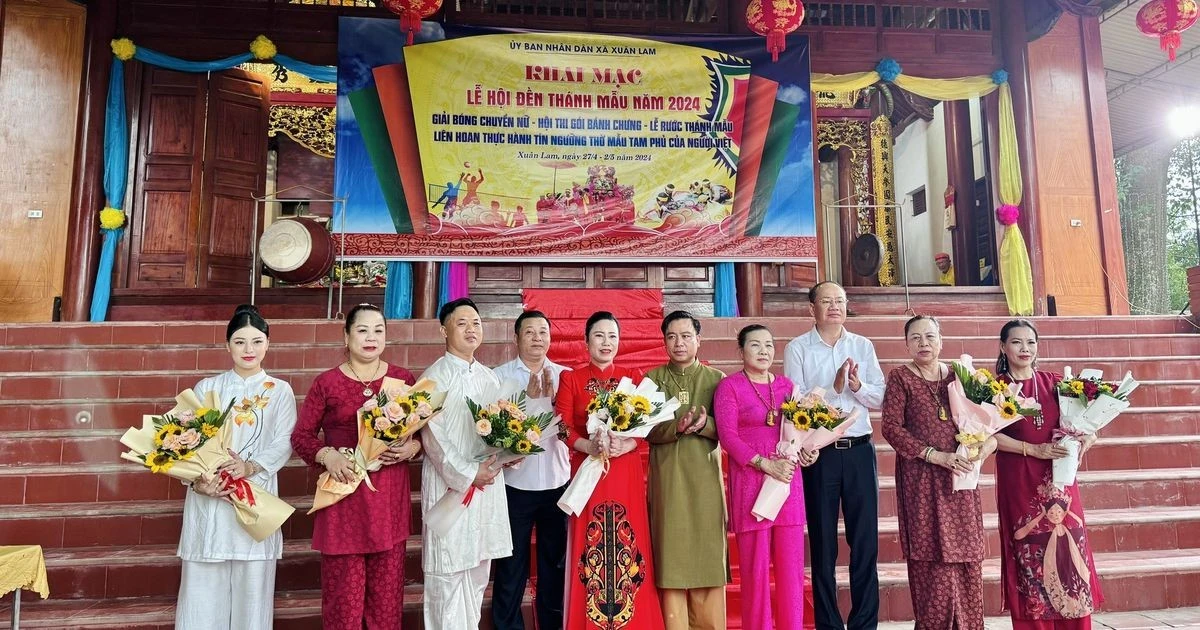
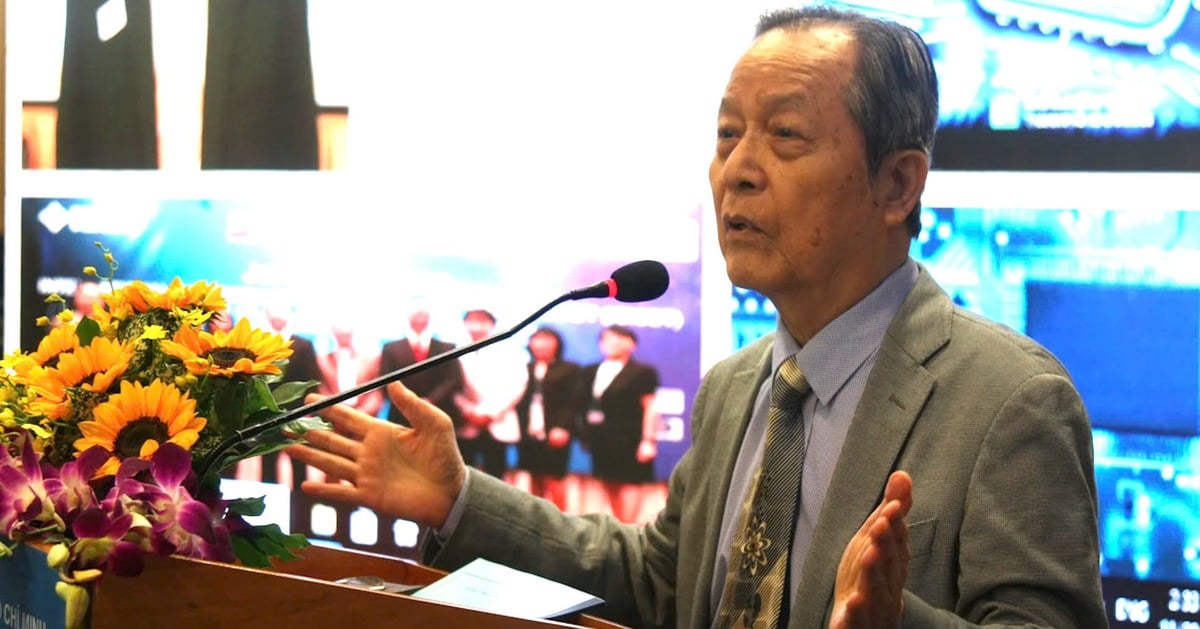

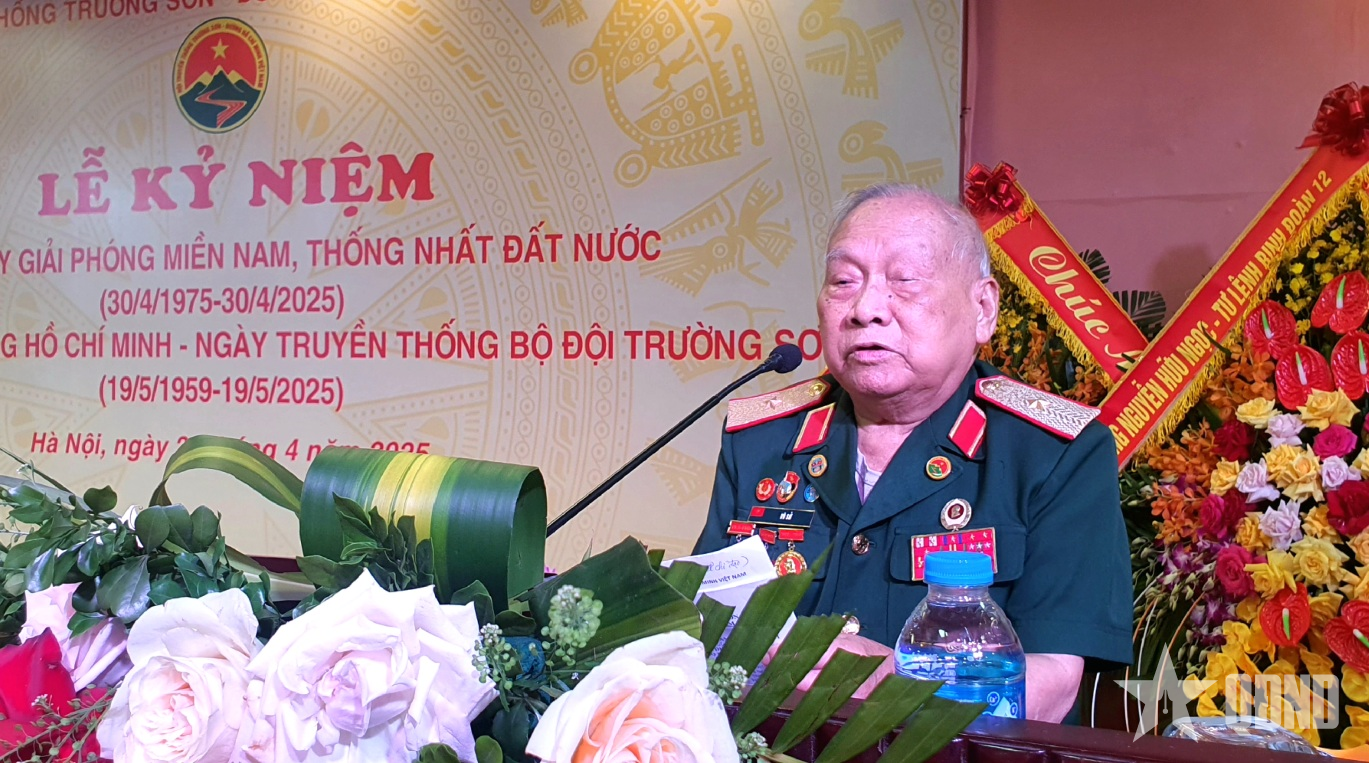

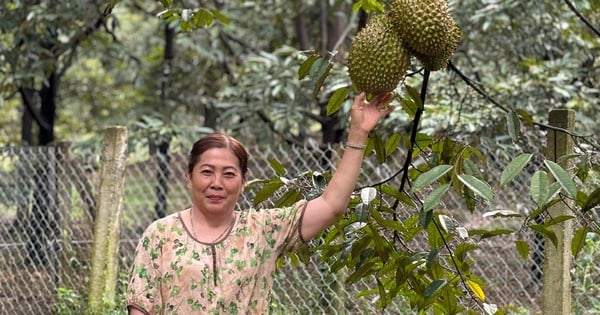

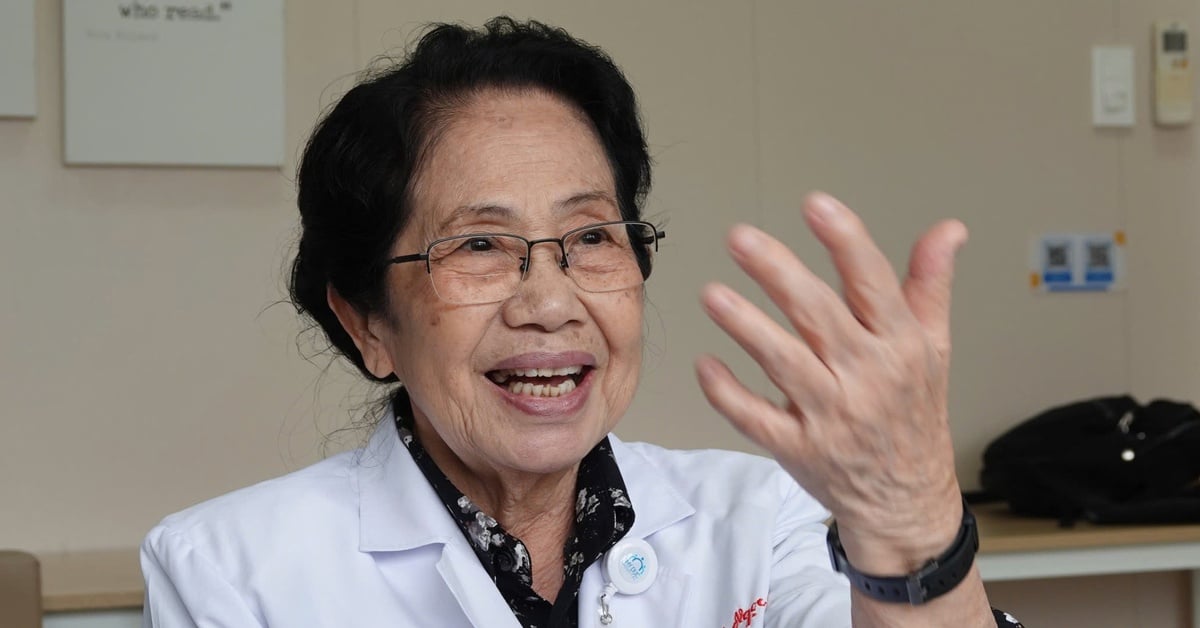



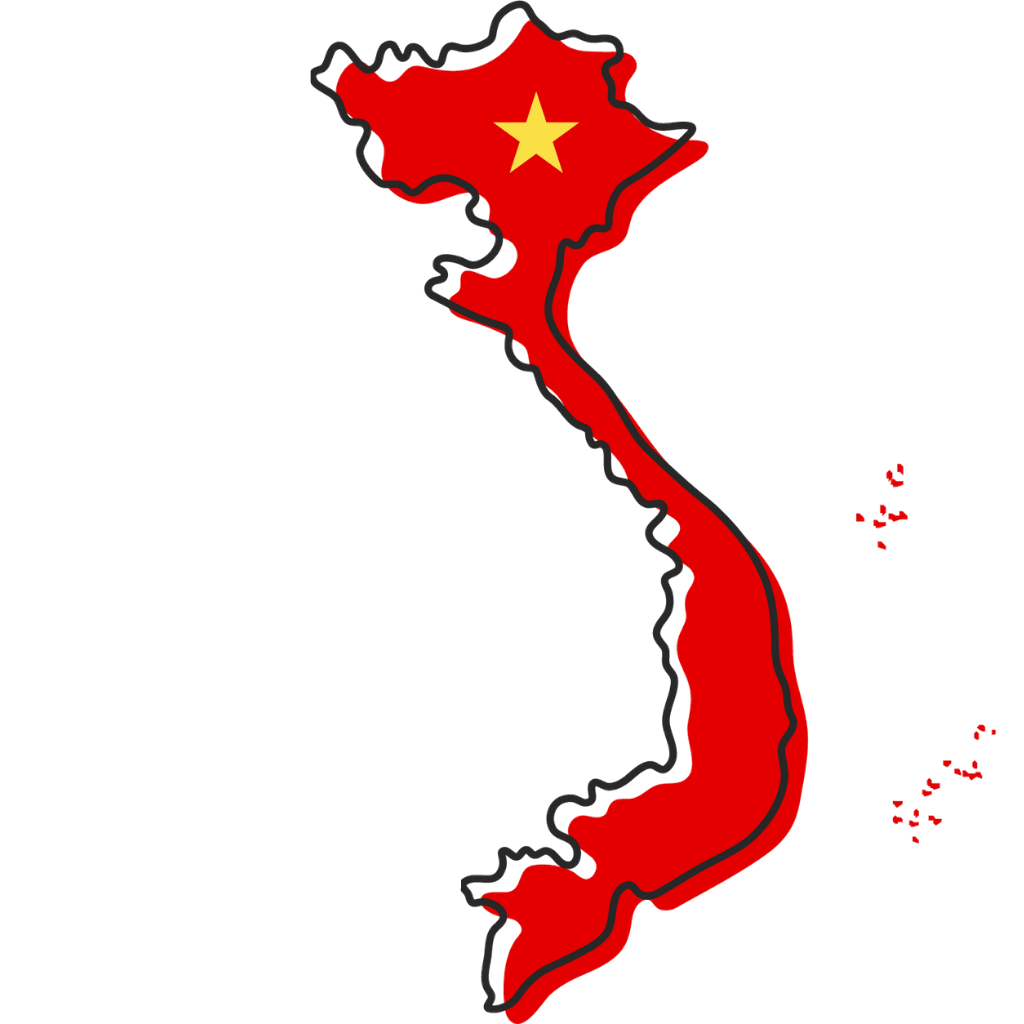







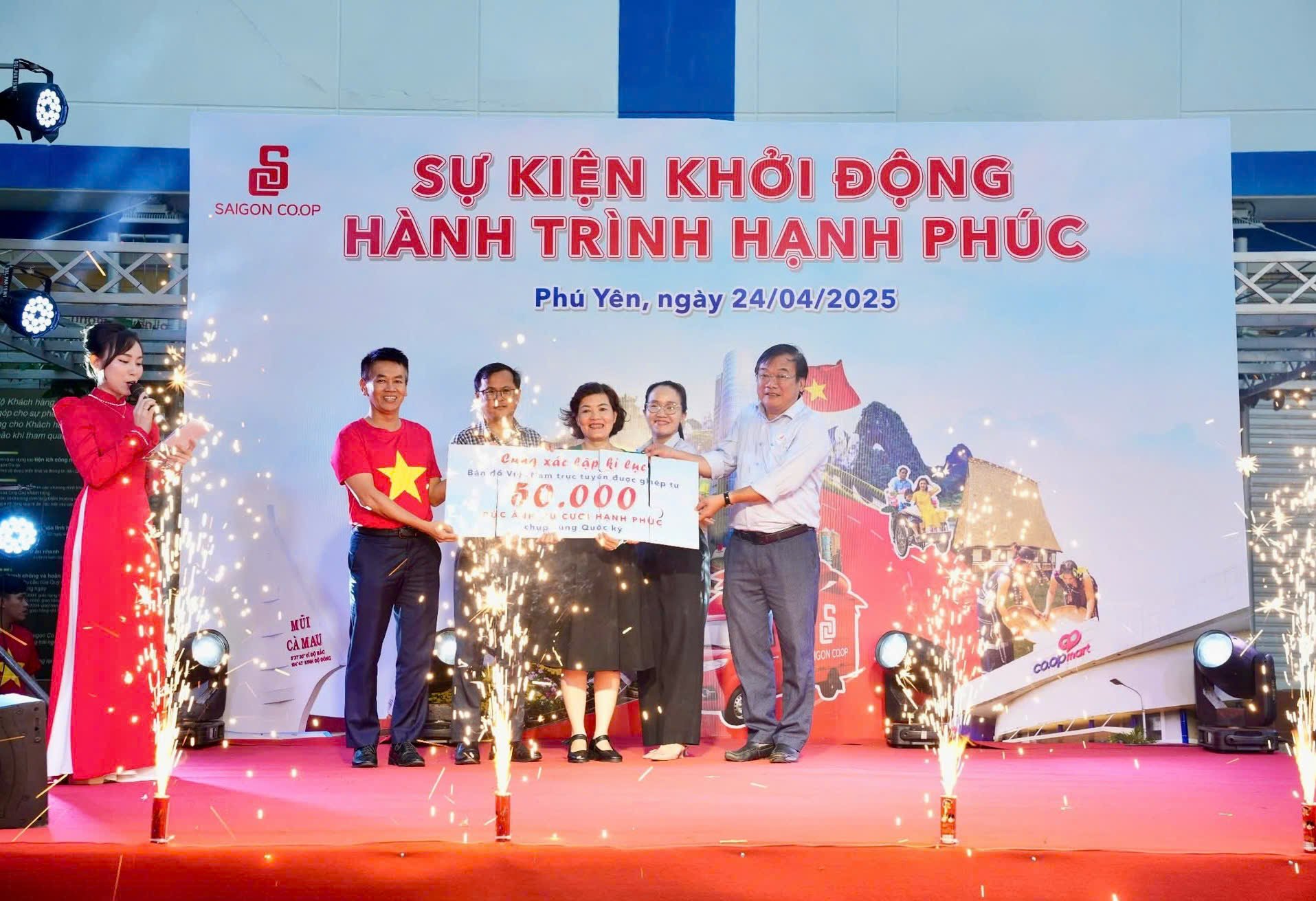









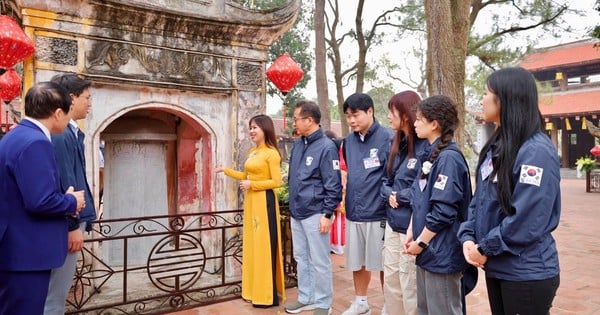

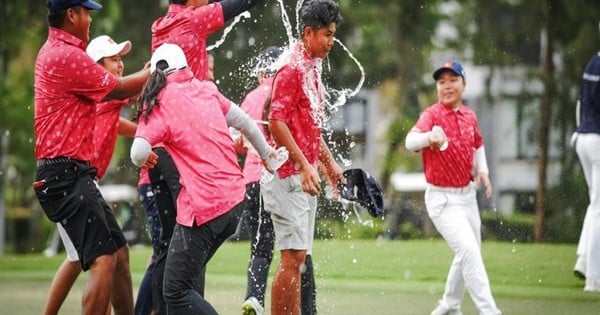





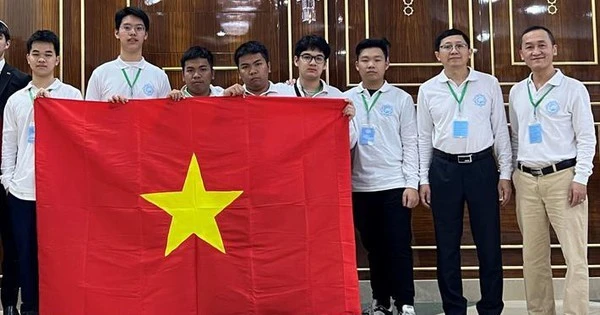


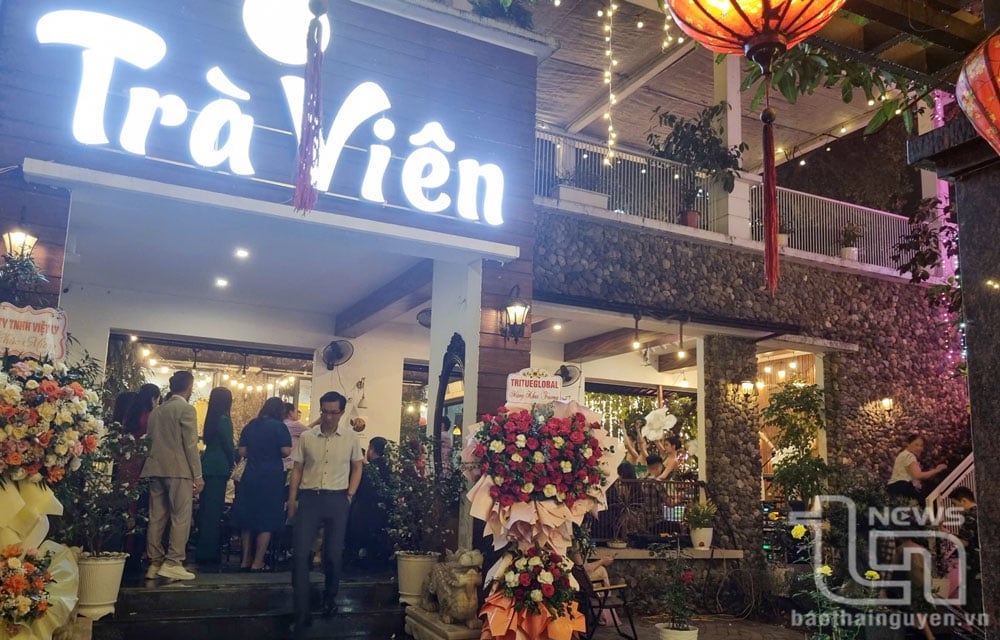

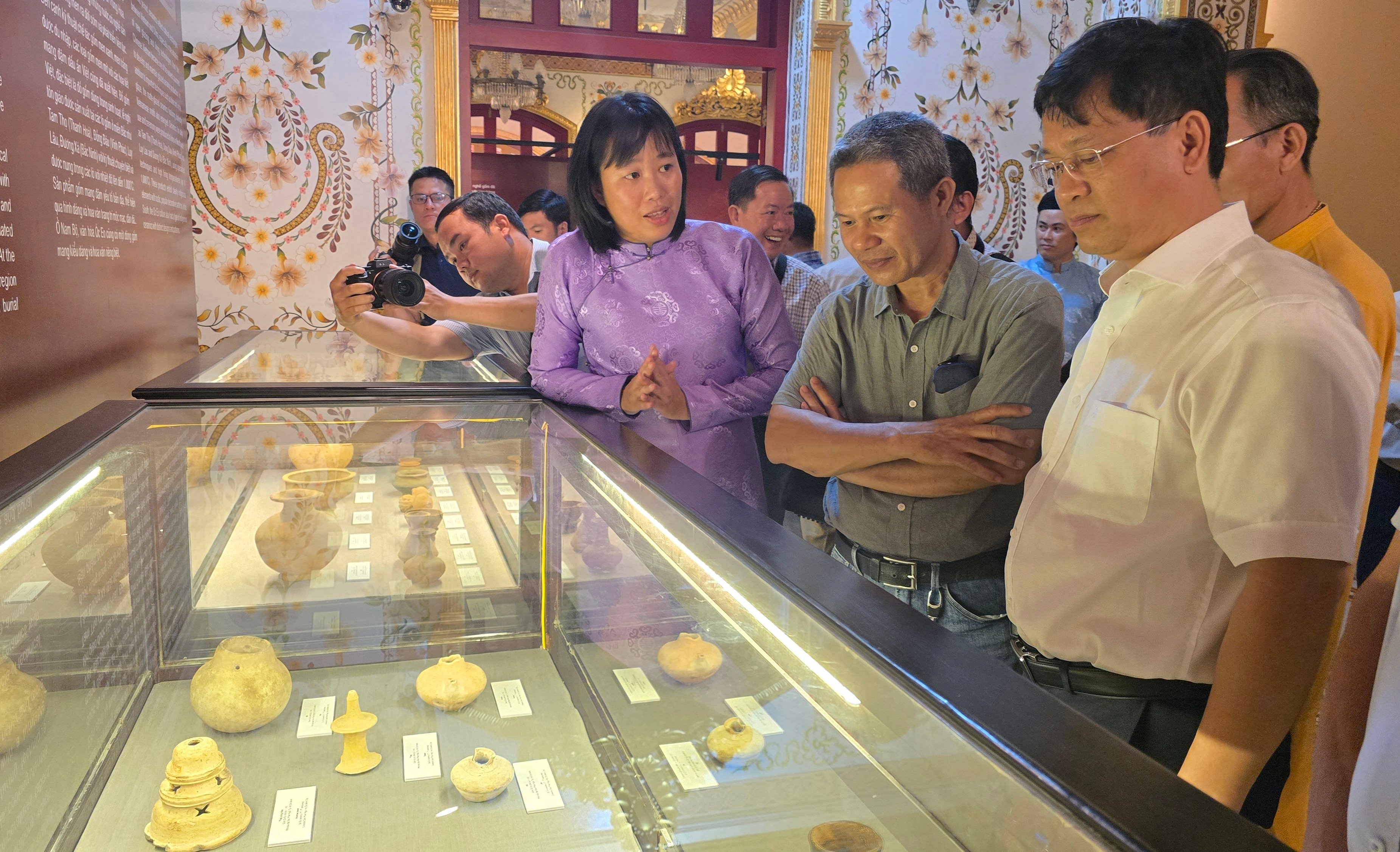

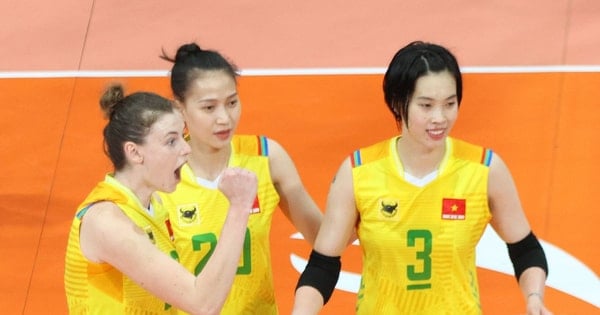

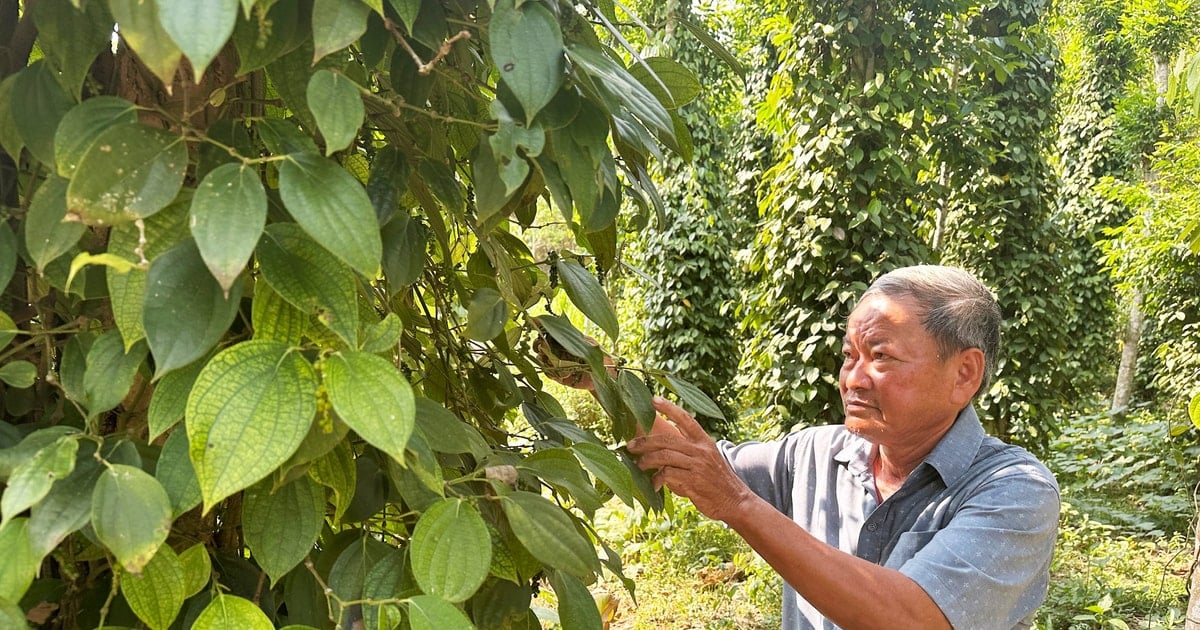
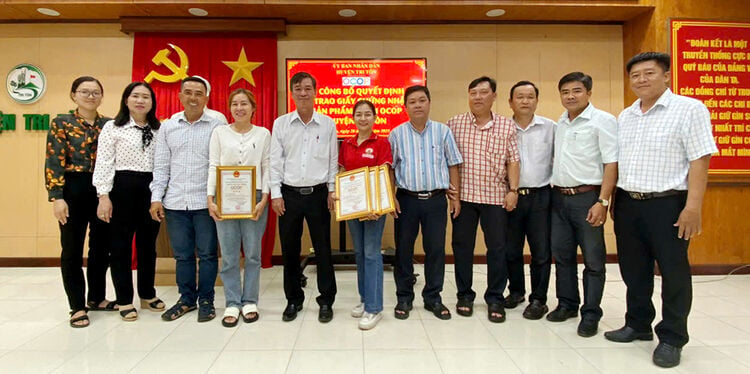

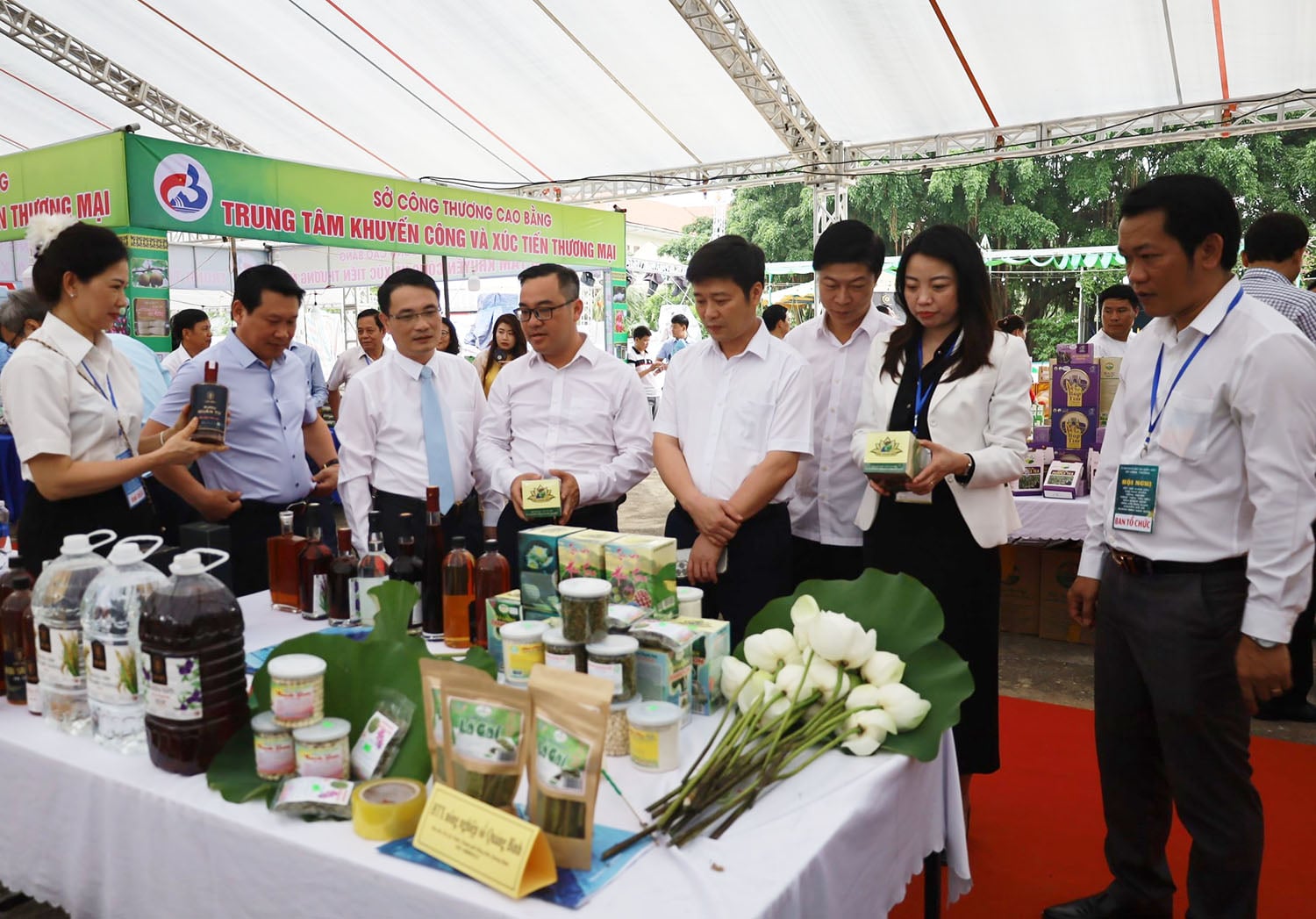

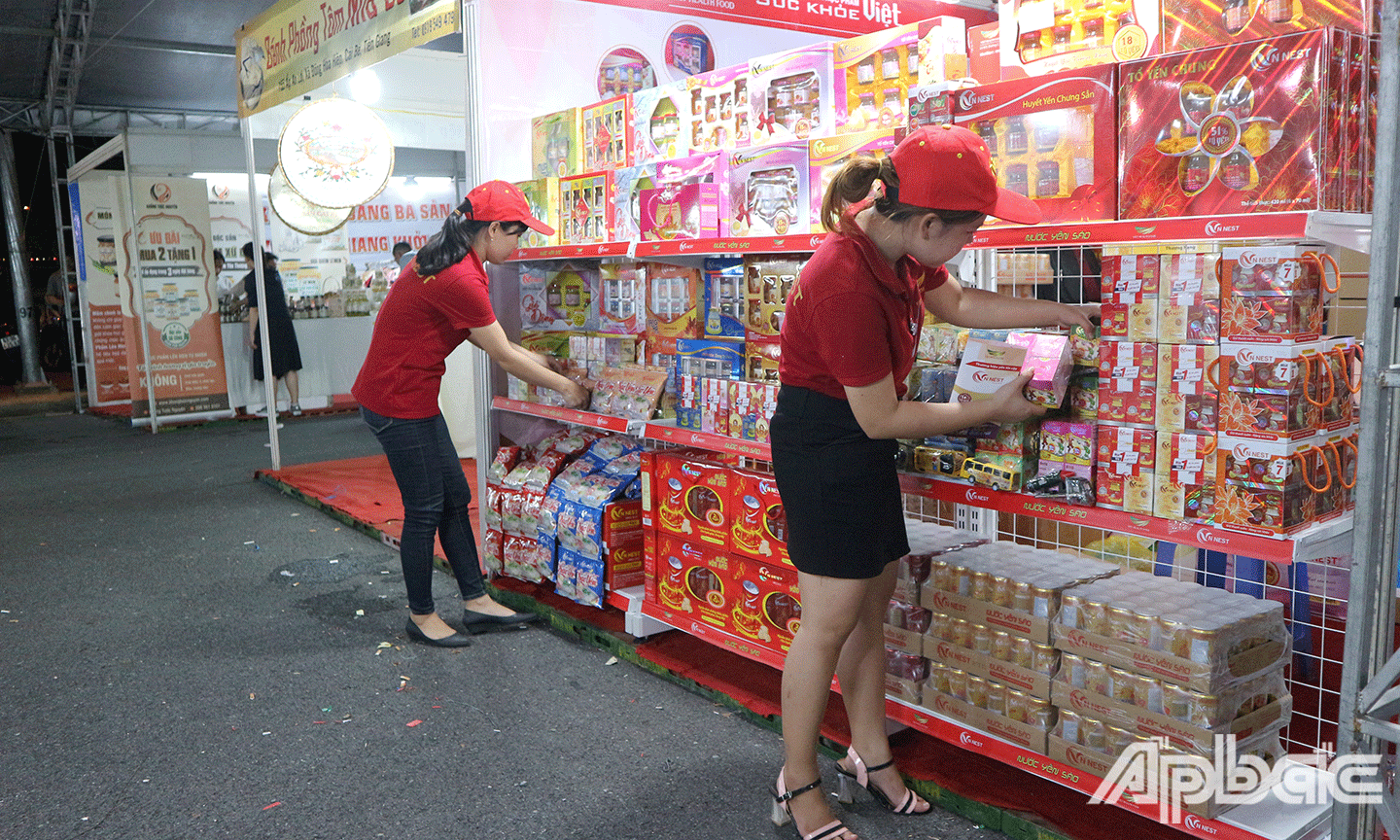
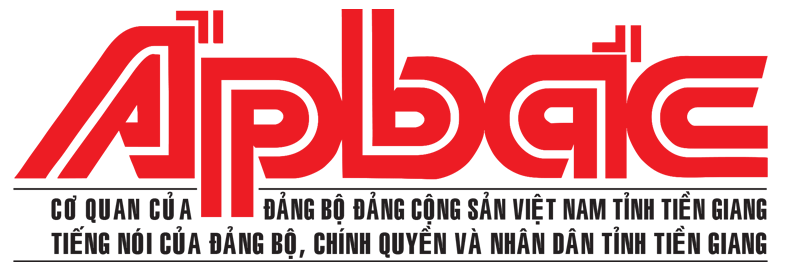
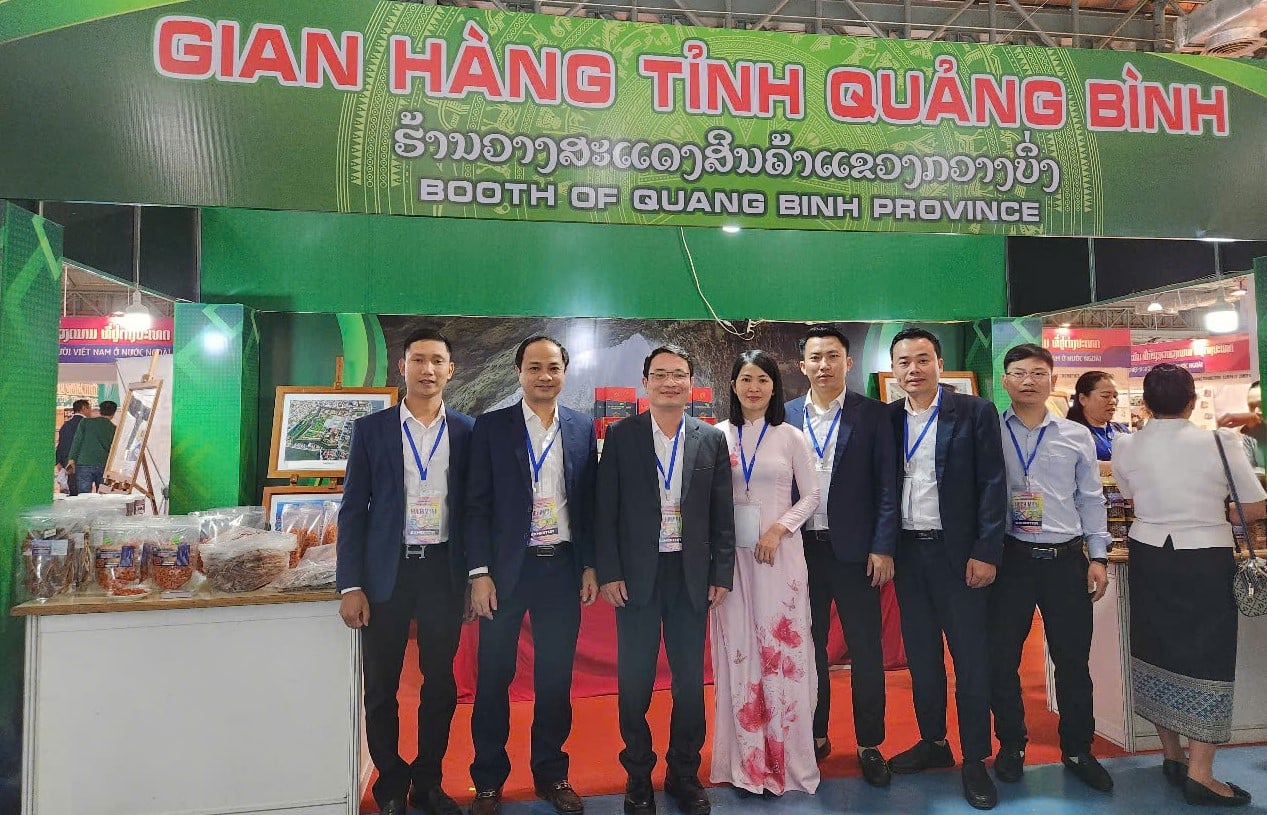
Comment (0)